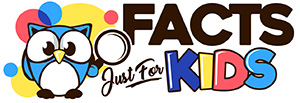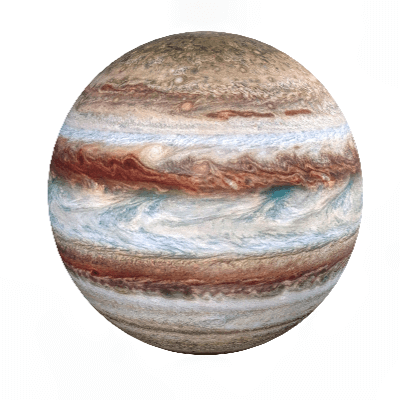
- Planet Name: Jupiter
- Type of Planet: Gas Gaint
- Solar System Region: Outer Solar System
- Distance from the Sun: 460,000,000 miles (perihelion) to 508,000,000 miles (aphelion)
- Time to Orbit Around the Sun: About 4,329 Earth days
- Moons (natural satellites): 79
- Total Surface Area: 23.7 billion square miles
27 Jupiter Facts for Kids
- The planet Jupiter formed about 4.5 billion years ago.
- The planet Jupiter was first observed via a telescope in 1610 by Galileo Galilei.
- The planet Jupiter is the fifth closest planet to the Sun.
- Jupiter is in the outer part of our Solar System.
- Jupiter is a gas giant planet.
- Jupiter is the largest planet in our Solar System.
- Jupiter is 1,120% the size of Earth.
- The radius of the planet Jupiter is 43,441 miles.
- Jupiter’s perihelion (closest) distance to the Sun is 460 million miles.
- Jupiter’s aphelion (farthest) distance to the Sun is 508 million miles.
- It takes Jupiter 4,329 Earth days to complete an orbit around the Sun.
- Jupiter has 79 known moons (natural satellites).
- Jupiter’s moon Callisto has the most craters than any other object in our Solar System.
- Jupiter’s moon Europa is one of the most likely locations in our Solar System that could potentially harbor life.
- Jupiter’s moon Ganymede is the largest moon and the ninth largest object in our Solar System.
- Jupiter’s moon Io is the densest moon in our Solar System.
- Jupiter’s moon Amalthea was the last moon to be discovered by direct visual observation.
- Jupiter’s moon Elara is the second largest moon in the Himalia group.
- The planet Jupiter has four rings. They are the halo, main, Amalthea gossamer and Thebe gossamer rings.
- Because Jupiter is a gas giant, it’s virtually impossible for life to evolve as we know it.
- Jupiter rotates so fast a full day is only about ten Earth hours long.
- One of Jupiter’s most observable features is the Great Red Spot.
- The Great Red Spot is an anticyclonic storm in Jupiter’s atmosphere.
- The Great Red Spot has been observable since 1830, but may have existed long before that.
- Jupiter was first visited by humans in December 1973, via the NASA Pioneer 10 spacecraft.
- Jupiter is so big you can see it without the aid of a telescope.
- In 1994, a comet named Shoemaker-Levy 9 crashed into Jupiter, giving astronomers their first chance to witness a large impact event on a planet in our Solar System.
Pictures of the Planet Jupiter
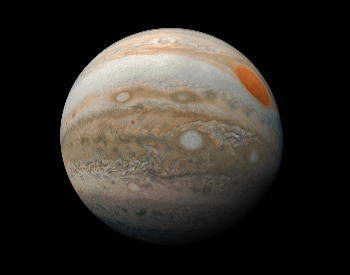
A beauitful photo of Jupiter’s Southern Hemisphere by NASA’s Juno spacecraft.Credit: NASA
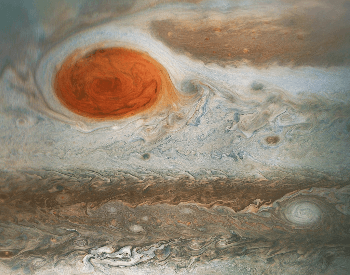
A photo of Jupiter’s Great Red Spot captured by NASA’s Juno spacecraft.Credit: NASA
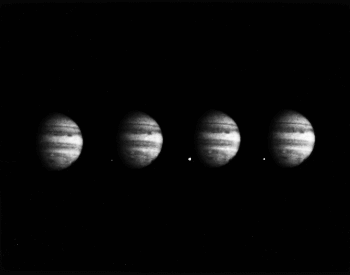
A timelapse photo of Jupiter being struck by Shoemaker-Levy 9 on 7-22-1994.Credit: NASA
Additional Resources on the Planet Jupiter
- Jupiter – NASA – Get an awesome overview of the planet Jupiter on the NASA website.
- Jupiter – Wikipedia – Learn more about the planet Jupiter on the Wikipedia website.
- Jupiter – Universe Today – Find more information about the planet Jupiter on the Universe Today website.
- Jupiter: Our Solar System’s Largest Planet – Discover more amazing facts about Jupiter on the Space.com website.
